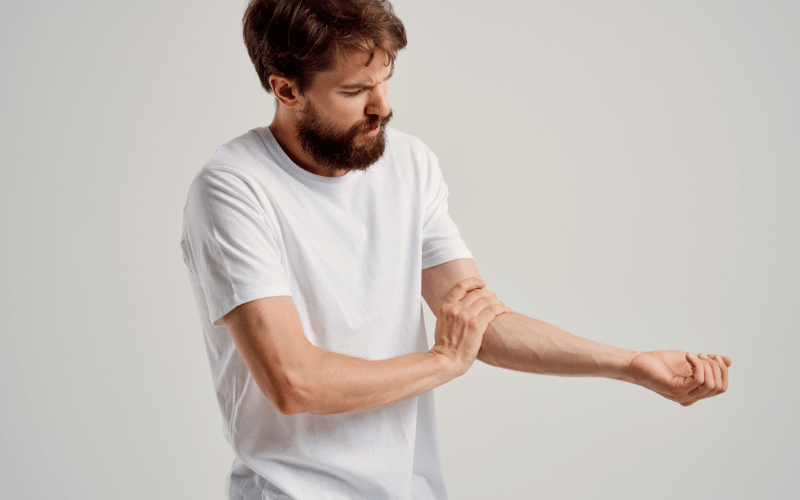Fact 10: Physical Adjustments – The Role of Orthopedic Interventions in CMT

Charcot-Marie-Tooth disease often presents distinct physical challenges. The muscle weakness and atrophy typical of CMT can lead to noticeable changes in gait, posture, and overall mobility. As muscle strength diminishes, especially in the legs and feet, affected individuals might develop a high-stepped gait or frequently trip. Adjusting to these alterations is not just about managing pain or discomfort; it’s about regaining a sense of autonomy over one’s own body.
Enter orthopedic interventions. These are specialized medical devices or surgeries aimed at supporting, straightening, or improving the function of skeletal deformities or weaknesses caused by CMT. Ankle-foot orthoses (AFOs) are a common recommendation. These braces support the ankle and foot, providing stability and aiding in a more natural walking pattern. They act as a bridge, compensating for the weakened muscles and ensuring that individuals can navigate their surroundings with increased confidence.
In more severe cases, orthopedic surgery becomes a consideration. Procedures such as tendon transfers or foot osteotomies can offer lasting structural corrections. However, like all surgeries, they come with risks and recovery periods. Deciding on surgical intervention is a deeply personal choice, often made after weighing the potential benefits against the drawbacks and consulting with specialists who understand the intricacies of CMT.
Post-intervention, whether it’s using a brace or recovering from surgery, rehabilitation plays a crucial role. Physical therapy tailored to the needs of CMT patients can help improve muscle strength, flexibility, and coordination. It’s not just about restoring physical function. The repetitive exercises, the incremental progress, and the therapeutic guidance offer a psychological boost, reminding individuals that they are not defined by their condition.
The realm of orthopedics is ever-evolving. With advancements in material science, biomechanics, and surgical techniques, the future holds the promise of even more effective interventions for CMT patients. Innovations in 3D printing, for instance, might lead to custom-fitted braces that offer unparalleled support. As research continues and technology progresses, the horizon of orthopedic care for Charcot-Marie-Tooth disease looks increasingly optimistic. (10)